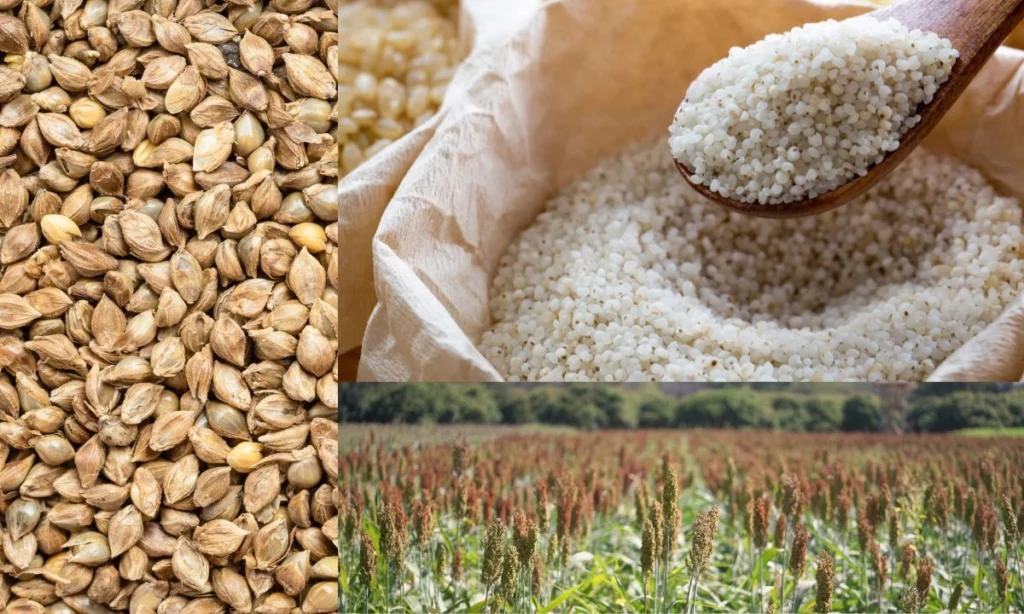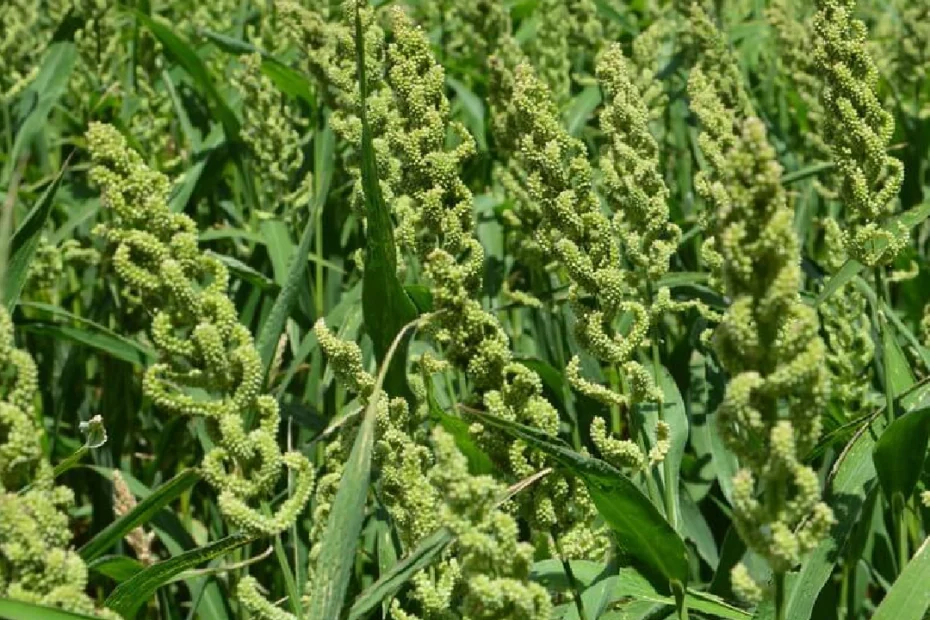Barnyard millet, is a highly adaptable and nutrient-dense grain that has gained popularity for its plethora of health advantages. Being devoid of gluten, It provides a great substitute for people who are sensitive to gluten or who are on a gluten-free diet. Barnyard millet has a low glycemic index, is high in dietary fiber, and contains important elements like iron, magnesium, and phosphorus. These characteristics make it advantageous for digestion, managing weight, controlling blood sugar, and overall health. Barnyard millet gives a delicious culinary experience while offering a number of health benefits, whether it is used as a cooking grain, in porridge, upma or even baking. In this blog, we’ll explore the advantages, nutritional content, applications, and other aspects of barnyard millet.
Advantages of Barnyard Millet
- Gluten-Free: Barnyard millet is naturally free of gluten, making it a great option for people with celiac disease or gluten intolerance.
- High in Dietary Fiber: Barnyard millet has a lot of dietary fiber, which helps with weight management, constipation prevention, and digestive health.
- Good Source of Elements: Barnyard millet is a good source of B vitamins, iron, magnesium, and other vital elements. These nutrients are essential for preserving general health and wellbeing.
- Low Glycemic Index: Barnyard millet has a low glycemic index, which means after consuming it blood sugar levels rise very slowly, unlike that experienced with wheat. People with diabetes or those who want to control their blood sugar levels can benefit from it.
- Rich in Antioxidants: Barnyard millet is rich in antioxidants, which aids in preventing oxidative stress and cellular damage in the body and slowing the aging process.

Nutritional Value of Barnyard Millets:
Barnyard millet is a nutritional powerhouse. It is rich in dietary fiber, proteins, minerals like magnesium, phosphorus, and iron, and B-vitamins. Being gluten-free, barnyard millet offers sustained energy, supports digestion, and contributes to overall well-being. Incorporating this nutritious grain into your diet can enhance your health.
- Calories: 360
- Carbohydrates: 72 grams
- Protein: 11 grams
- Fat: 3 grams
- Fiber: 6 grams
- Calcium: 11 milligrams
- Iron: 17 milligrams
- Magnesium: 174 milligram
- Phosphorus: 290 milligrams
(per 100 grams of raw barnyard millet)
Uses of Barnyard Millet:
- Cooking Grains: You can prepare barnyard millet and use it in place of rice or other grains. It blends well in a variety of meals thanks to its mild, nutty flavor.
- Porridge: Like other millets, barnyard millet can be cooked with water or milk to create a full and nutritious porridge. Add honey or jaggery as sweeteners, then season it with cinnamon or cardamom for flavor.
- Upma: You may make a tasty and nutritious upma using barnyard millet. It tastes wonderful when sautéed with veggies, herbs, and spices for a breakfast or snack.
- Baking: Barnyard millet flour can be used to increase the nutritious content of baking recipes. It can be used in baked goods including bread, cookies, cakes, and other sweets.
Storage of Barnyard Millets:
Proper storage of barnyard millet is essential to maintain its freshness and quality over time. Here are some tips for storing barnyard millet:
- Dry Storage: Store barnyard millet in a cool, dry place away from moisture, sunlight, and heat. Moisture can cause the millet to spoil or develop mold, while exposure to sunlight and heat can accelerate the degradation of its nutrients.
- Airtight Containers: Transfer barnyard millet to airtight containers or food-grade storage bags to protect it from moisture and pests. Make sure the containers are clean and completely dry before use.
- Avoid Excessive Handling: Minimize frequent handling of barnyard millet as it can lead to the loss of its texture and nutrient content. Only take out the amount you need for immediate use, and seal the rest promptly.
- Refrigeration (Optional): While not necessary, storing barnyard millet in the refrigerator can help extend its shelf life. Place the millet in an airtight container or resealable bag before refrigerating.
- Check for Freshness: Before cooking with barnyard millet, check for any signs of spoilage, such as a musty odor or presence of pests. Discard any millet that appears discolored or has an off smell.
- Shelf Life: Properly stored barnyard millet can maintain its quality for up to 6 to 12 months. However, it’s always recommended to check the expiration date or best before date mentioned on the packaging and consume it within that time frame.
By following these storage guidelines, you can ensure that your barnyard millet remains fresh, flavorful, and nutritious for an extended period, allowing you to enjoy its benefits in various recipes.

